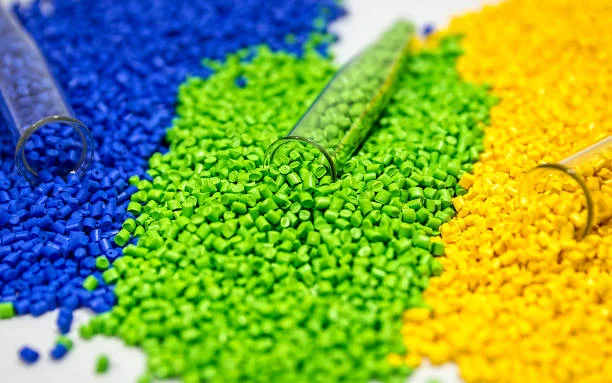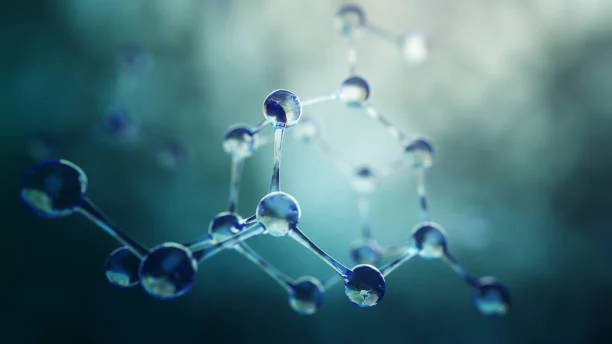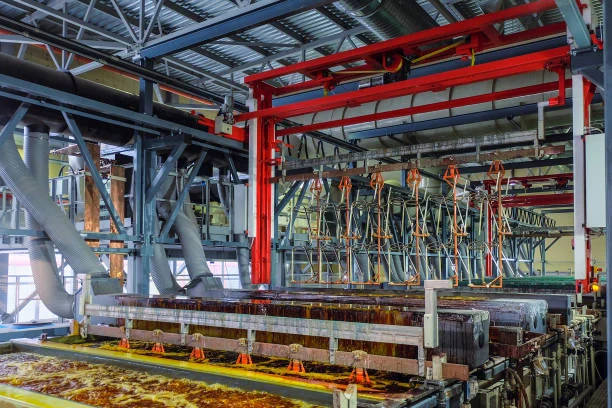
Electroplating is a crucial process in the manufacturing industry, which involves depositing a thin layer of metal onto the surface of a metal workpiece through electrolysis. This process not only enhances the corrosion resistance of the metal but also improves its aesthetic appearance and surface quality. Sodium cyanide, a highly toxic yet versatile chemical compound, plays a significant role in the Electroplating industry.
The Basics of Electroplating
Electroplating is based on the principle of electrolysis. In an electroplating setup, the metal workpiece to be plated is made the cathode, while the metal to be deposited is used as the anode. Both the cathode and anode are immersed in an electrolyte solution that contains metal ions of the plating metal. When an electric current is passed through the electrolyte, metal ions in the solution are attracted to the cathode (the workpiece) and are deposited on its surface, forming a thin, uniform layer of the plating metal.
The Role of Sodium Cyanide in Electroplating
Sodium cyanide (NaCN) is widely used in electroplating as a Complexing Agent. It has the ability to form stable complexes with various metal ions. In the context of electroplating, these metal - cyanide complexes have several advantages:
Enhanced Plating Quality: Metal - cyanide complexes formed by Sodium Cyanide help in achieving a more uniform and smooth metal deposition on the workpiece surface. For example, in copper electroplating, the copper - cyanide complex ensures that copper ions are deposited evenly, resulting in a dense and adherent copper layer. This is crucial for applications where the integrity of the plated layer is essential, such as in the electronics industry for plating connectors.
Improved Coverage: The use of sodium cyanide in the electrolyte solution improves the throwing power of the plating bath. Throwing power refers to the ability of the plating solution to deposit a uniform layer of metal on the workpiece, even on complex - shaped parts with recesses and protrusions. The metal - cyanide complexes can more effectively reach all parts of the workpiece, ensuring complete coverage. This is highly beneficial in industries like automotive, where parts with intricate geometries need to be plated for corrosion protection.
Stable Plating Bath: Sodium cyanide helps in maintaining the stability of the electroplating bath. It controls the concentration of free metal ions in the solution, preventing the formation of metal deposits that are not well - adhered or are of poor quality. By forming stable complexes, it allows for a more controlled and consistent electroplating process.
Specific Applications of Sodium Cyanide in Electroplating
Copper Plating: In the electroplating of copper, Sodium cyanide is used to form copper - cyanide complexes. This is particularly important when plating on substrates such as zinc - alloy die - castings. Zinc - alloy die - castings are widely used in the manufacturing of decorative items, zippers, and small - scale mechanical parts. Since zinc - alloy is susceptible to corrosion in acidic plating solutions, a cyanide - based copper - plating process is often used as a pre - plating step. The copper layer deposited using a cyanide - containing electrolyte protects the zinc - alloy substrate from the acidic environment of subsequent plating processes, such as nickel plating, and also improves the adhesion of the nickel layer.
Silver Plating: Sodium cyanide is also used in silver electroplating. Silver - cyanide complexes are formed in the electrolyte, which enables a smooth and bright silver deposition. Silver - plated items are commonly used in the jewelry industry, tableware manufacturing, and electrical contacts. The use of sodium cyanide in silver electroplating ensures a high - quality finish, with the silver layer having excellent reflectivity and corrosion resistance.
Zinc Plating: Although efforts have been made to develop non - cyanide zinc - plating processes, in some cases, cyanide - based zinc electroplating is still used. The zinc - cyanide complexes formed with the help of sodium cyanide provide good throwing power and allow for the deposition of a uniform zinc layer. Zinc plating is widely used for corrosion protection of steel and iron components, such as in the construction and automotive industries.
Safety Considerations
Despite its numerous advantages in electroplating, sodium cyanide is an extremely toxic substance. It releases hydrogen cyanide gas when it comes into contact with acids or water. Therefore, strict safety measures must be in place in electroplating facilities that use sodium cyanide:
Proper Handling and Storage: Sodium cyanide should be stored in a secure, well - ventilated area, away from acids and moisture. Workers handling sodium cyanide must be trained in proper handling procedures, including the use of personal protective equipment such as gloves, goggles, and respiratory protection.
Emergency Response Plans: Electroplating plants should have comprehensive emergency response plans in case of accidental spills or releases of sodium cyanide. These plans should include procedures for evacuating the area, neutralizing the cyanide, and providing medical assistance to affected personnel.
Environmental Protection: Wastewater from electroplating processes that contain sodium cyanide must be treated properly to remove cyanide before it is discharged into the environment. Treatment methods may include chemical oxidation, which converts cyanide to less harmful compounds.
In conclusion, sodium cyanide plays an important role in the electroplating industry, enabling the production of high - quality, durable, and aesthetically pleasing plated products. However, its use must be carefully managed to ensure the safety of workers and the protection of the environment. As technology advances, efforts are being made to develop alternative, less toxic processes for electroplating, but for the time being, sodium cyanide remains an essential component in many electroplating applications.
- Random Content
- Hot content
- Hot review content
- 31%-36% HCl/Industrial Grade Hydrochloric Acid
- Acetone
- Sodiumsulfite Technical Grade 96%-98%
- Pine oil 85% High Quality Pinitol oil 85% Light Yellow To Colorless Oily Liquid
- Triethanolamine(TEA)
- lithium Carbonates 99.5% Battery Level or 99.2% Industry grade 99%
- 97% 2-Hydroxypropyl methacrylate
- 1Discounted Sodium Cyanide (CAS: 143-33-9) for Mining - High Quality & Competitive Pricing
- 2Sodium Cyanide 98% CAS 143-33-9 gold dressing agent Essential for Mining and Chemical Industries
- 3Sodium Cyanide 98%+ CAS 143-33-9
- 4China's New Regulations on Sodium Cyanide Exports and Guidance for International Buyers
- 5Anhydrous Oxalic acid 99.6% Industrial Grade
- 6Oxalic acid for mining 99.6%
- 7Reagent Grade/Industrial Grade Hydrochloric Acid min.31%
- 1Sodium Cyanide 98% CAS 143-33-9 gold dressing agent Essential for Mining and Chemical Industries
- 2High Quality 99% Purity of Cyanuric chloride ISO 9001:2005 REACH Verified Producer
- 3 High-Quality Sodium Cyanide for Leaching
- 4Powdery emulsion explosive
- 5Industry Grade Electron grade 98% Sulfuric Acid H2SO4 Sulphuric Acid Battery Acid Industrial Sulfuric Acid
- 6Colloidal emulsion explosive
- 7sodium hydrosulfide 70% flakes used Mining Industry












Online message consultation
Add comment: